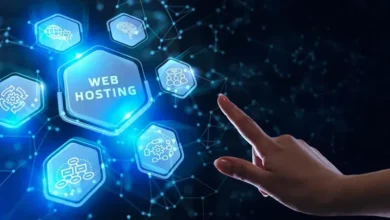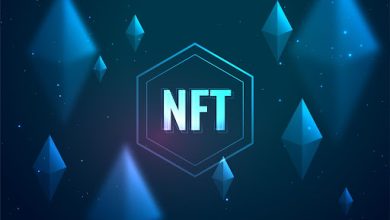
Different types of applications require different types of sensors to collect data from the environment. This article introduces some common IoT sensors.
In the Internet of Things (IoT) ecosystem, two things are important: the Internet and physical devices such as sensors and actuators. This layer is an important part of the IoT system and establishes network connections with the next layer, namely the gateway and network layer.
The main purpose of sensors is to collect data from the surrounding environment. Sensors or “things” of Internet of Things systems form the front end. These are connected directly or indirectly to the Internet of Things network after signal conversion and processing. But all sensors are different, and different IoT applications require different types of sensors. For example, digital sensors can easily interface directly with micro-controllers using the Serial Peripheral Device Interface (SPI) bus. But for analog sensors, data can be converted to SPI output using an analog-to-digital converter (ADC) or sigma-delta modulator.
Some common types of IoT sensors
Temperature sensor
These devices measure the heat generated from an object or the surrounding area. We can use it in air conditioners, refrigerators and similar devices for environmental control. And also in manufacturing processes, agriculture and health industries.
Humidity sensor
The amount of water vapor or humidity in the air affects human comfort and many industrial processes. Therefore, it is important to monitor humidity levels. The most commonly used units for humidity measurement are relative humidity (RH), dew/frost point (D/FPT) and parts per million (PPM).
Motion sensor
Motion sensors are not only for safety purposes, but also for automatic door control, automatic parking systems, automatic sinks, automatic toilet flushers, hand dryers, energy management systems, etc. You can use these sensors in the IoT and through a smartphone or computer.
These sensors can detect toxic gases. The most common sensing technologies are electrochemistry, photoionization and semiconductor. As technology advances and new specifications are rolled out, there are a number of gas sensors that can be used to help extend wired and wireless connections deployed in IoT applications.
Smoke sensor
Smoke detectors have been used in homes and industry for a long time. With the advent of the Internet of Things, its applications are becoming more convenient and user-friendly. In addition, adding wireless connectivity to the smoke detector enables additional functions that increase security and convenience.
The importance of accurate sensors
Imagine you’re a bar owner and you’re measuring the amount of beer coming out of one of the taps. One way to do this is to install sensors in a pipeline that runs from the beer keg to the tap. The sensor is likely to have a small impeller inside. As the beer flows through the sensor, it causes the impeller to spin, like a propeller at a weather station.
As the impeller rotates, it sends a series of electrical pulses to the computer. The computer will interpret the pulse to determine how much beer flows. Sounds simple enough, right?
This is where sensors get interesting. If you look back at the description above, you’ll see that such measurements never directly measure the amount of beer flowing through the sensor. Such measurements merely interpret the sensor from a series of electrical pulses. That means you have to figure out how to interpret the sensor first, which is calibration.
The accuracy of the perceived data is crucial because you will be making mission-critical decisions based on subsequent analysis of the data, which will be worthless if the data is wrong.
This is the role that sensors play in the Internet of Things. The effectiveness of the whole Internet of Things system depends on the accuracy of the data collected by sensors.
Internet of Things Platform
IoT devices connect to other IoT devices and provide data over Internet transport protocols. Therefore, the two main sectors in IoT systems are the network and IoT platform at the back end and sensors and actuators at the front end.
Most IoT platforms rely on sensors. There are many IoT platforms available, but the two main IoT platforms that stand out are industrial and consumer. The two platforms have slightly different applications and requirements. IoT platforms must be stable, reliable and secure, as platform failures can cost millions of dollars or even lives. On the other hand, the failure of the consumer IoT platform may just be an inconvenience to you.
However, there are some general parameters to consider when choosing the best IoT platform for your application. Some of these parameters include reliability, stability, flexibility, security support, pricing model, mobile/Web application support, ability to handle multiple connection products, data retention or backup in the event of a power or network connection failure, and speed and time products to start.
Summary
As IoT applications grow, so does the need for sensors. There are a variety of sensors available. But for IoT applications, it is also important to choose the right sensor and the right IoT platform.



